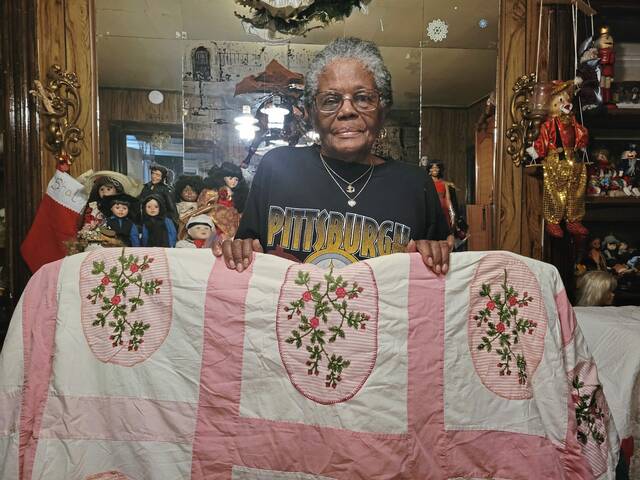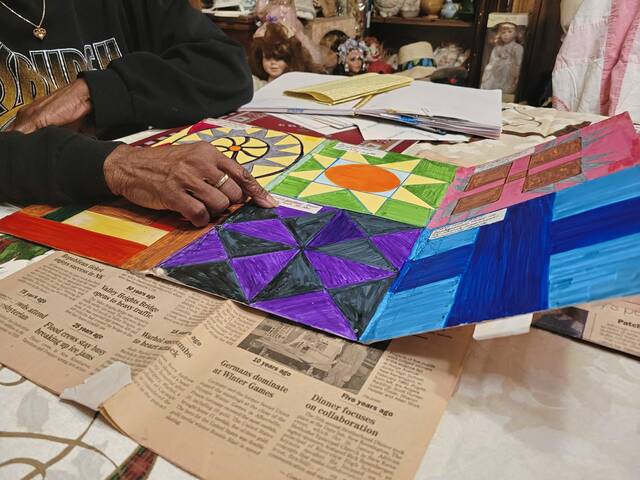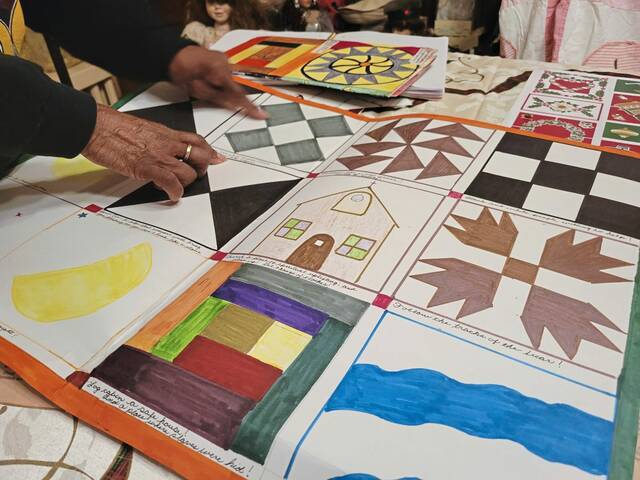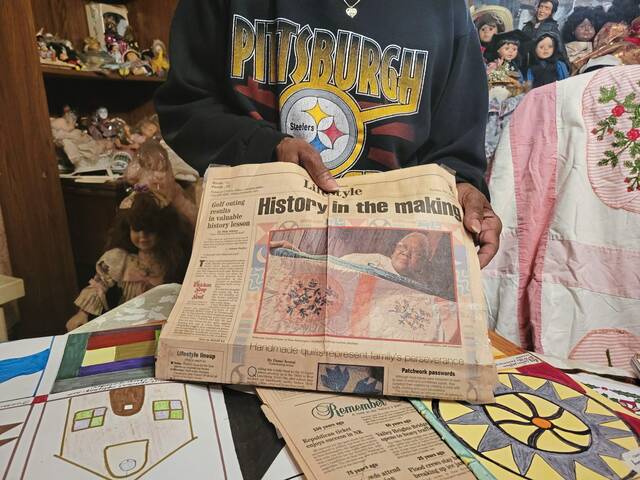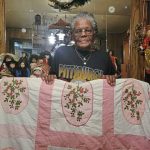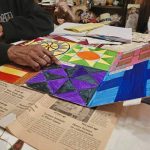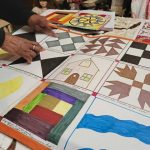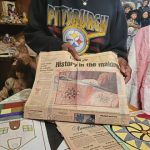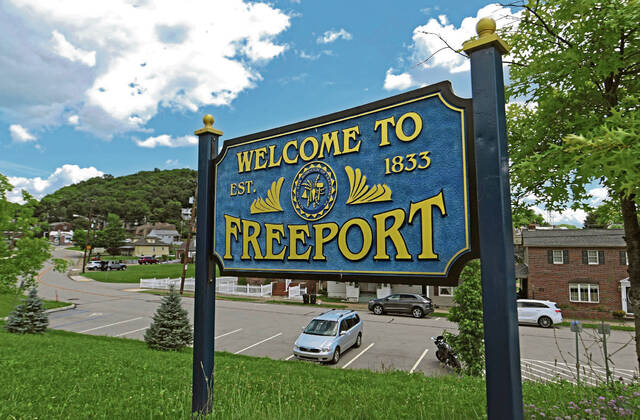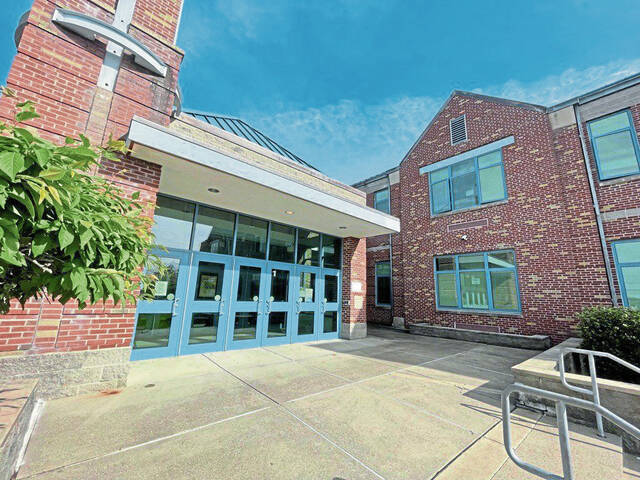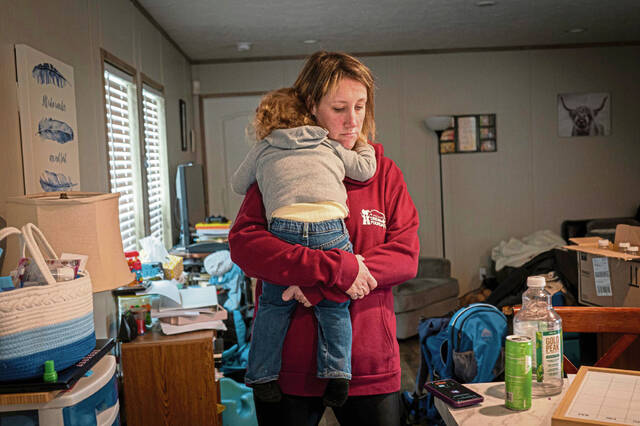From when she was born, Ethel Hayden remembers quilting being a big part of her life growing up.
The Tarentum resident found herself sitting in front of a quilting frame with her fingers weaving the cloth fabric to create quilt blankets at home with her siblings after school. Her mother wanted the quilts done before she came home from work. The finished quilts eventually would be given away. Hayden estimates her siblings made hundreds.
“That was our babysitter. We would quilt all day long, then we were allowed to go out to play,” Hayden said.
She believes almost every household in West Leechburg, where she grew up, owned a blanket from her mother.
Her mother’s quilting was displayed in the Smithsonian Institution in 2002, the same year her family was featured in a Tribune-Review article about their lifelong tradition.
“She really worked that quilt,” she said.
That same year, Hayden gained a new perspective about her lifelong family tradition after reading the book “Hidden In Plain View” by historian Jacqueline Tobin.
The book’s summary says it is a “fascinating story of a friendship, a lost tradition and an incredible discovery, revealing how enslaved men and women made encoded quilts and then used them to navigate their escape on the Underground Railroad.”
Quilts displayed patterns depicting church buildings, bow ties for dress clothes or bear claws to encourage following the tracks, Hayden said.
“These people weren’t allowed to speak. If they spoke, they were punished. What could be more intelligent than making a language like that with the quilts?”
Hayden was so moved by the book she prepared a presentation for her church, Shiloh Baptist Church in Brackenridge, in early March. She created a makeshift blanket out of cardboard with various patterns slaves would use on quilts then had her grandchildren guess what they mean.
She wishes more people knew about the quilts and their role during slavery in the United States.
“This shows them (her grandchildren) that their ancestors were worthwhile. They didn’t let their circumstances let them down,” Hayden said.
Jennifer Whitmer Taylor, assistant professor of public history at Duquesne University, said it is not surprising to see quilts being made as a form of resistance. Along the coast, slaves had a task system where they were free to work on anything they wanted after finishing a task.
“They could do things such as art, gardening and blacksmith. Quilting is something that encompassed their time more than those at a cotton plantation in Mississippi,” she said.
To be able to bypass the strict rules larger plantations may have had, creating quilts or singing songs were ways slaves could communicate and remember things since most were forbidden to learn read or write, Taylor said.
Taylor said efforts to make the history of these quilts known are improving. She learned from a neighbor about their kids learning about messages conveyed through quilting at Pittsburgh Public Schools. Quilting is passed down through generations, and that is special, she said.
“It may be a hidden narrative since it may be well-known with friends and family, but not in historical circles,” she said.
Knowing the history of a hobby she picked up from her mother has made Hayden feel accomplished. She since has picked up crocheting over the last 25 years, duplicating patterns slaves made with quilts.
“It makes you feel good. It makes you feel like you have accomplished something, and I am connecting myself to my ancestors through crocheting,” she said.


